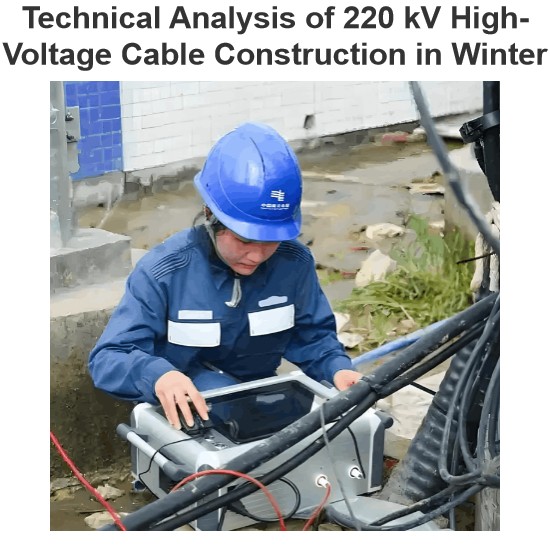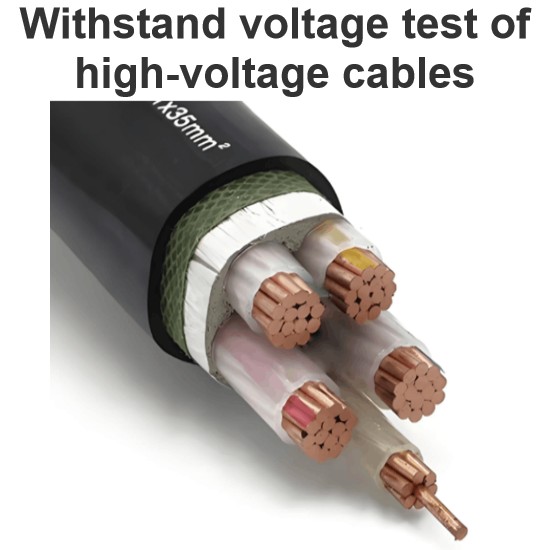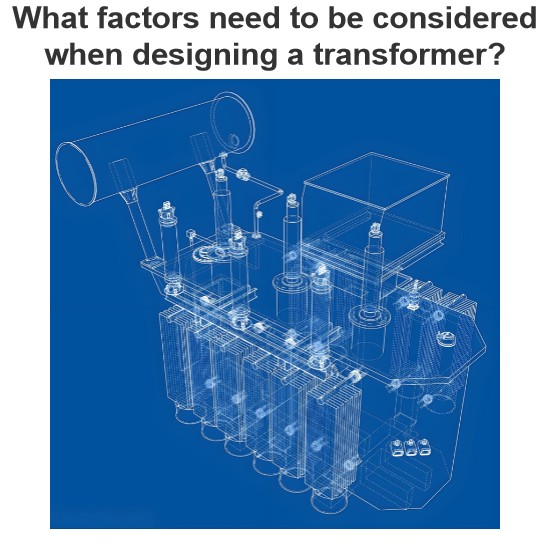| Brand | ROCKWILL |
| Model NO. | 33kv Single Phase Pole Mounted 32-Step Voltage Regulator |
| Rated voltage | 33kV |
| Rated frequency | 50/60Hz |
| Rated capacity | 200kVA |
| Series | RVR |
Product Description
The RVR-1 is a high-performance, single-phase automatic voltage regulator designed for utility and industrial power systems. Combining oil-immersed transformer reliability with smart digital control, it ensures stable voltage regulation in demanding environments.
Key Features
Precision Regulation:32-step tap changer with ±10% range (0.625% per step)
Smart Control:Real-time monitoring via GPRS/4G, Bluetooth 5.0, and cloud connectivity
Robust Protection:Overcurrent, undervoltage, surge, and arc fault protection
Durable Design:Stainless steel tank, vacuum-impregnated windings, and corrosion-resistant components
Easy Maintenance:Touchscreen HMI, self-diagnostics, and modular components
Technical Parameters

Technical Specifications
Voltage Range:2,400V to 34,500V
Rating:60kV to 200kV
Frequency:50Hz/60Hz compatible
Regulation Range:±10% (32 steps)
Step Precision:625% per step
Applications
Utilities:Long feeder lines, weak grid support
Industry:Motor starting, process stability
Renewables:Solar/wind farm integration
Infrastructure:Data centers, hospitals
Why Choose RVR-1?
Higher Reliability:Industrial-grade components for 24/7 operation
Lower Losses:Optimized design reduces energy waste
Smart Monitoring:Remote diagnostics and predictive maintenance
Future-Ready:Supports grid modernization and IoT integration






